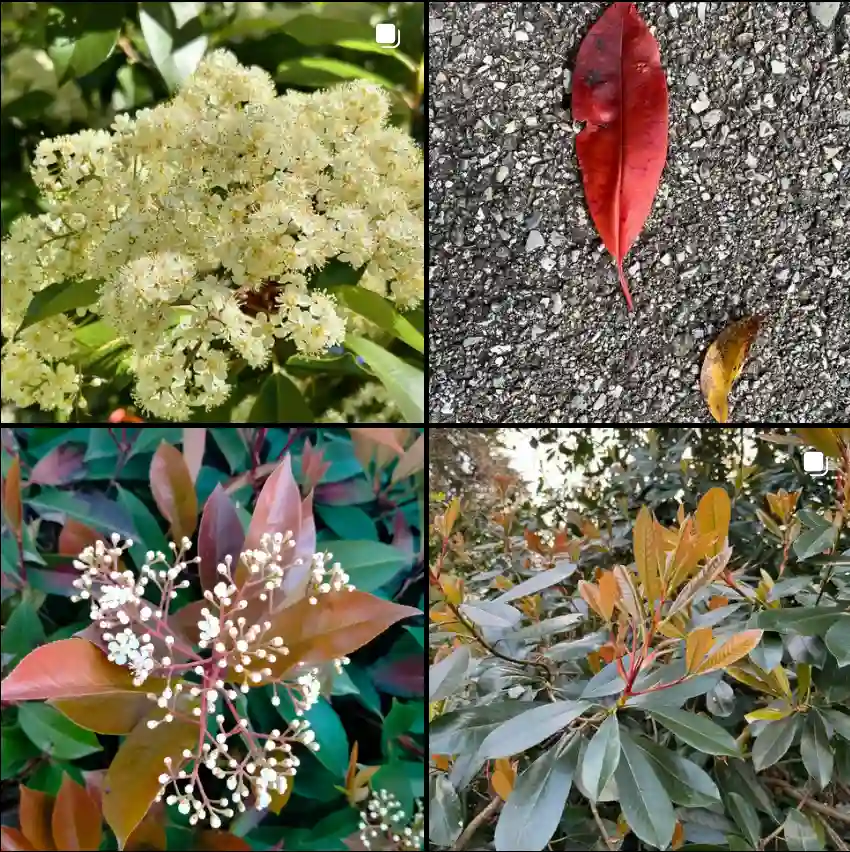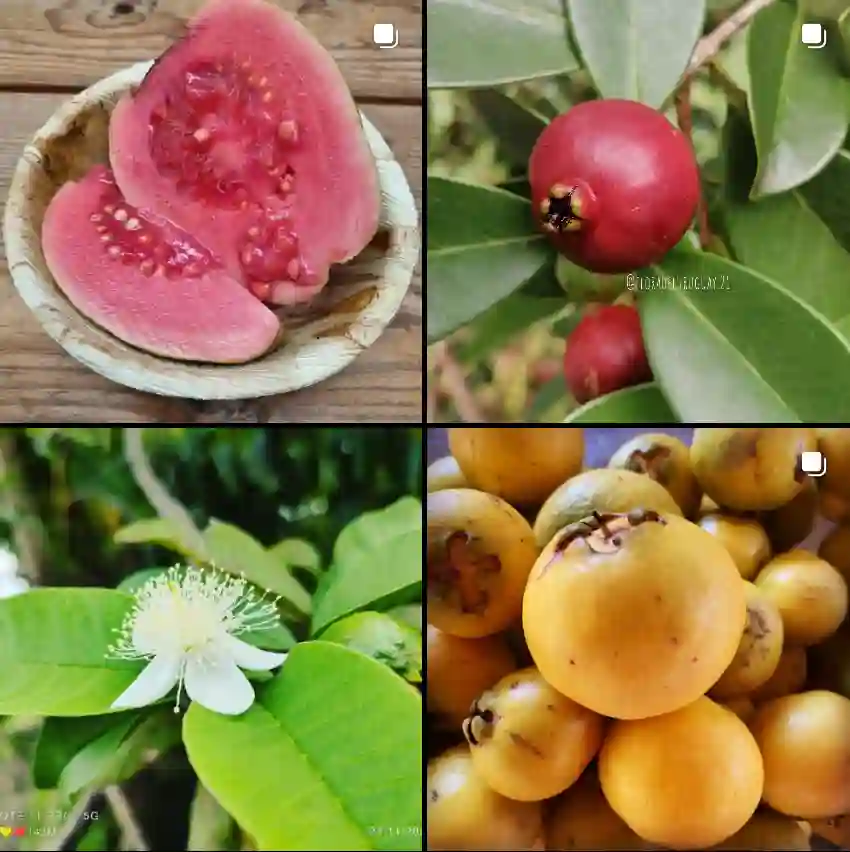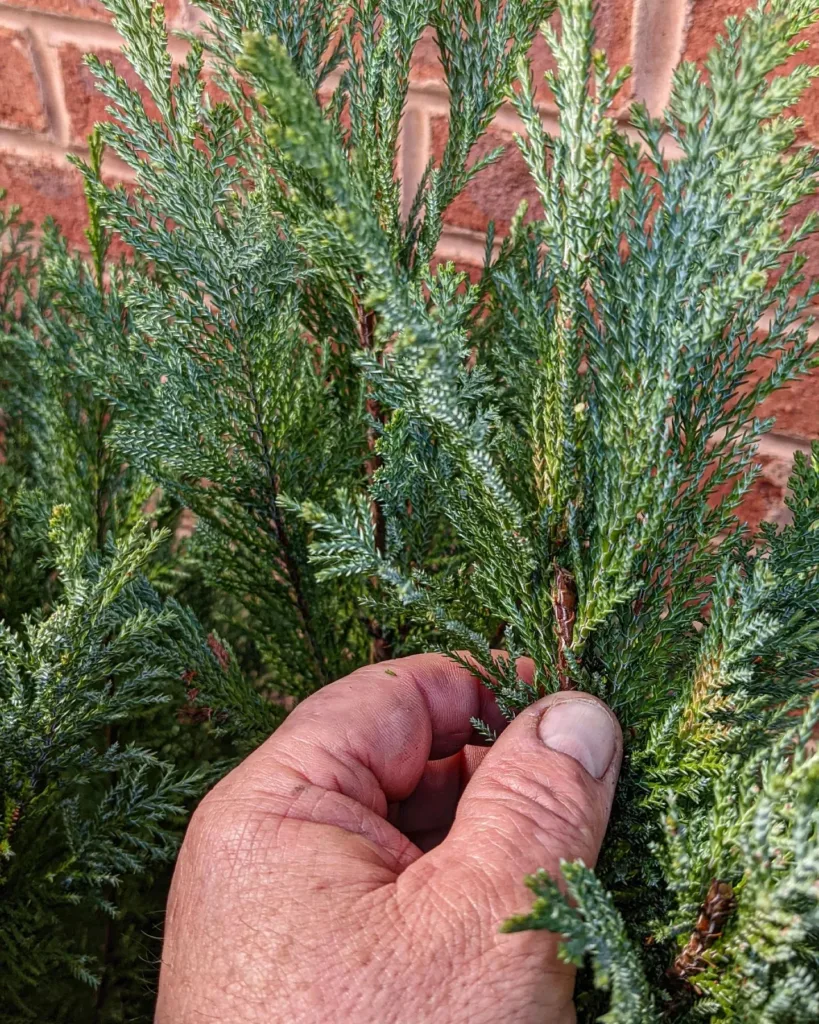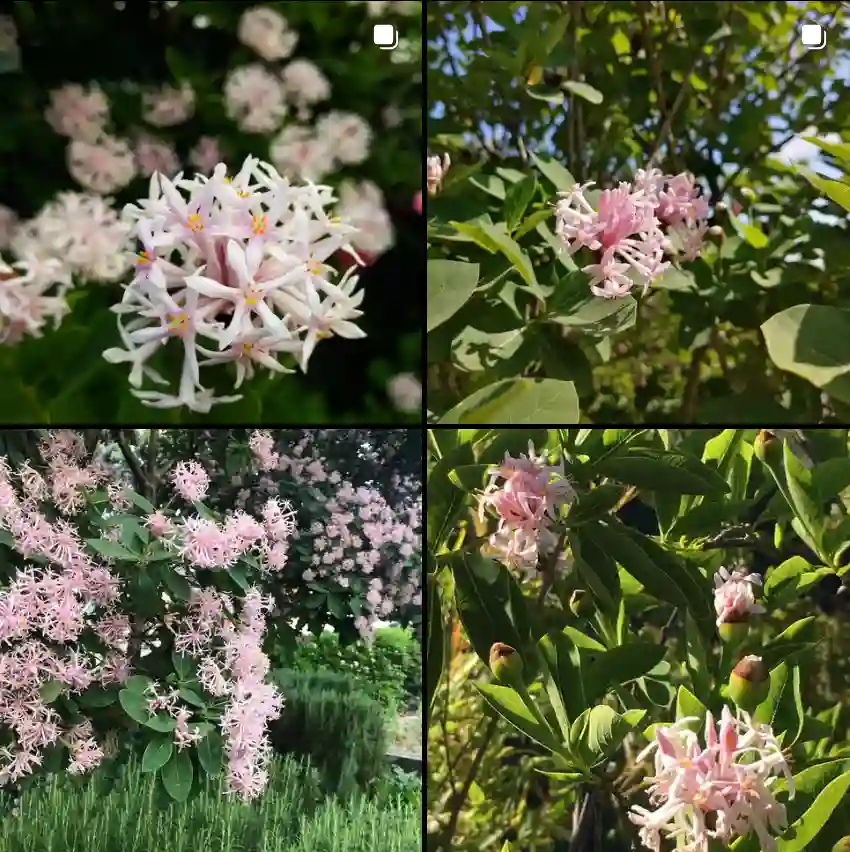Exploring the Akaniaceae Plant Family
As someone who loves delving into the fascinating world of plants, I’ve come across many diverse and unique plant families. One that particularly captured my attention is the Akaniaceae family. While not as widely known as some of the larger plant families, the Akaniaceae deserves recognition for its distinct characteristics, simplicity, and limited range of genera.
What is the Akaniaceae Family?
The Akaniaceae family is a small flowering plant family within the order Brassicales. One of the things that immediately struck me about Akaniaceae is its modest size. There are only two genera within this family: Akania and Bretschneidera. Despite its small size, the family is quite intriguing because of its distinct flowering structures and unique evolutionary adaptations.
Genera in the Akaniaceae Family
Akania
The first genus, Akania, is perhaps the most recognized member of the Akaniaceae family. I’ve learned that Akania is native to regions of Southeast Australia and is known for its small size and attractive flowers. The species Akania bidwillii, also known as Turnipwood, is a beautiful tree with glossy leaves and clusters of tiny, fragrant flowers.
One thing I appreciate about Akania bidwillii is how it remains relatively compact, making it suitable for gardens. The flowers are a soft white, sometimes with a subtle pink hue, and they emit a delicate fragrance that can fill an area with its presence. The plant thrives in subtropical climates and is a great choice for anyone looking to add a touch of elegance to their garden.
Bretschneidera
The second genus, Bretschneidera, is even more unique and rare. The species Bretschneidera sinensis, commonly referred to as Chinese Desmos, caught my attention due to its fascinating history and near-threatened status. Native to China and parts of Southeast Asia, this tree is known for its large, striking pink flowers that bloom in spring, which provide a beautiful contrast against the green foliage.
What makes Bretschneidera sinensis particularly special is its ancient lineage. Some botanists have referred to it as a “living fossil” because it has remained unchanged for millions of years. The tree is considered culturally significant in China and has been revered for centuries. However, due to deforestation and habitat loss, it has become a rare find in the wild, which makes conservation efforts crucial.
Distinct Characteristics of Akaniaceae Plants
Despite having only two genera, the plants in the Akaniaceae family possess unique features that set them apart from others in the Brassicales order. The flowers of both Akania and Bretschneidera are pentamerous, meaning they typically have five petals, giving them a symmetrical and aesthetically pleasing look. The trees from this family also produce capsular fruits, which house seeds that are crucial for the propagation of the species.
Another thing I find interesting is how these plants adapt to different environments. Akania bidwillii thrives in subtropical areas, while Bretschneidera sinensis is more suited to montane regions. This adaptability is part of what makes the Akaniaceae family so special despite its limited number of species.
Importance in Conservation
Both genera in the Akaniaceae family highlight the growing need for conservation efforts. With the pressure of habitat loss, especially for Bretschneidera sinensis, it’s important to recognize the role these plants play in their ecosystems. Bretschneidera, for instance, offers not only aesthetic value with its stunning blooms but also supports biodiversity by providing habitat and food for certain insects and birds.
Cultivation and Uses
While the Akaniaceae family isn’t widely cultivated on a large scale, there are opportunities for ornamental use. Akania bidwillii, with its small, fragrant flowers, can be a lovely addition to subtropical gardens. Its moderate size and adaptability make it an excellent choice for those wanting a more manageable tree in their landscape.
On the other hand, Bretschneidera sinensis has significant cultural value in some Asian countries. Its status as a rare and ancient species adds to its allure, and I believe that with the right care and cultivation techniques, it could become more common in botanical gardens and specialized collections.
Conclusion
In summary, the Akaniaceae family might not be extensive, but it is a fascinating group of plants with distinctive traits and a rich history. The Akania and Bretschneidera genera each bring something unique to the table—whether it’s the fragrant, ornamental appeal of Akania bidwillii or the rare, historical significance of Bretschneidera sinensis.
Exploring this family has given me a new appreciation for the smaller, lesser-known plant groups that contribute to our planet’s biodiversity. As we continue to learn more about these plants, it’s vital to support conservation efforts to preserve species like Bretschneidera for future generations. For anyone with an interest in horticulture or botanical diversity, the Akaniaceae family is definitely worth exploring further.
If i die, water my plants!



